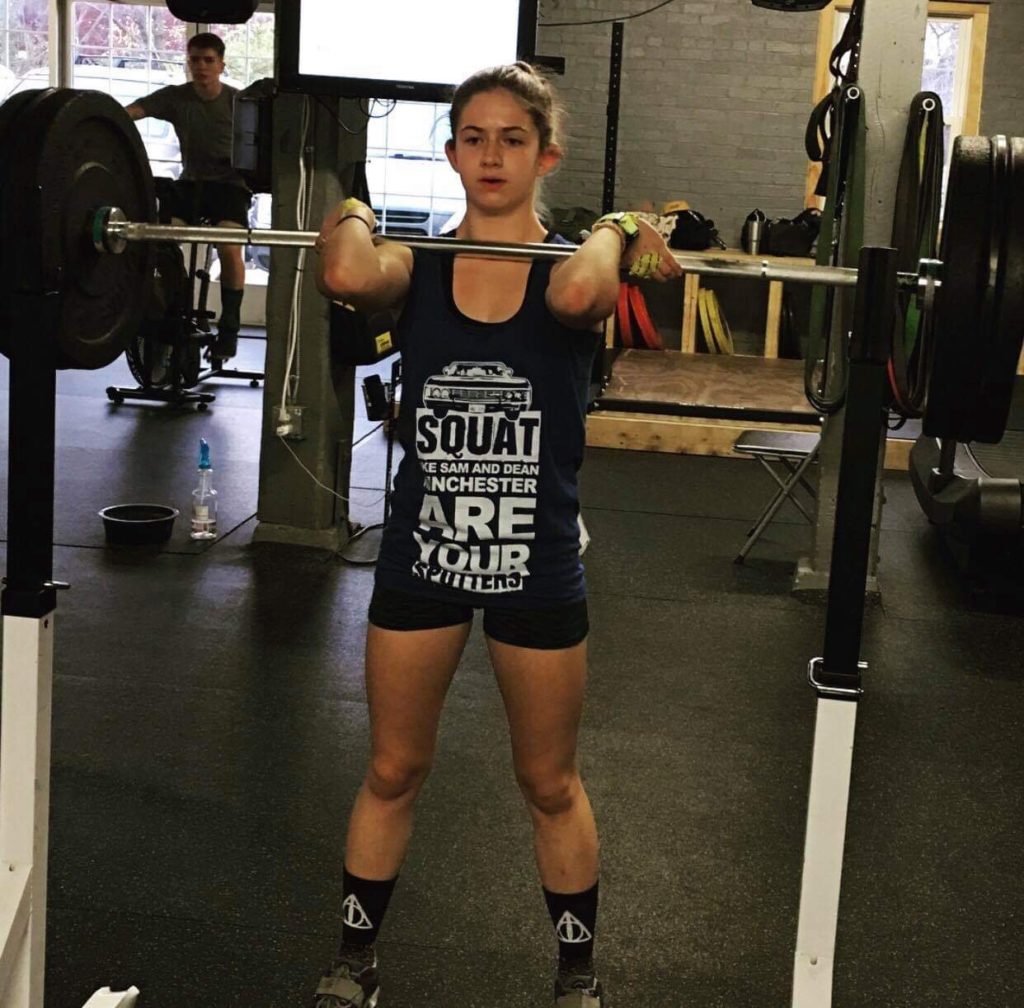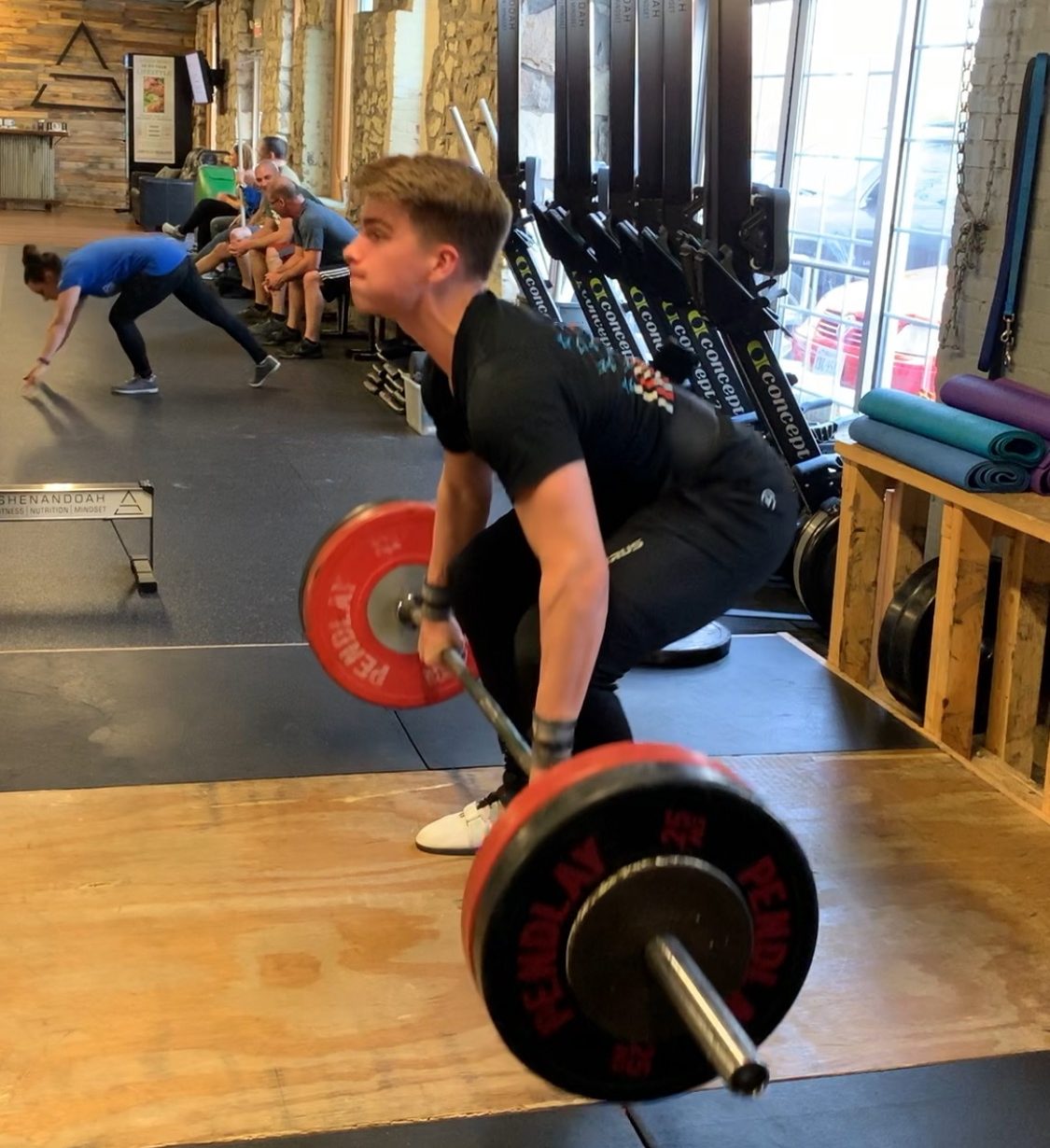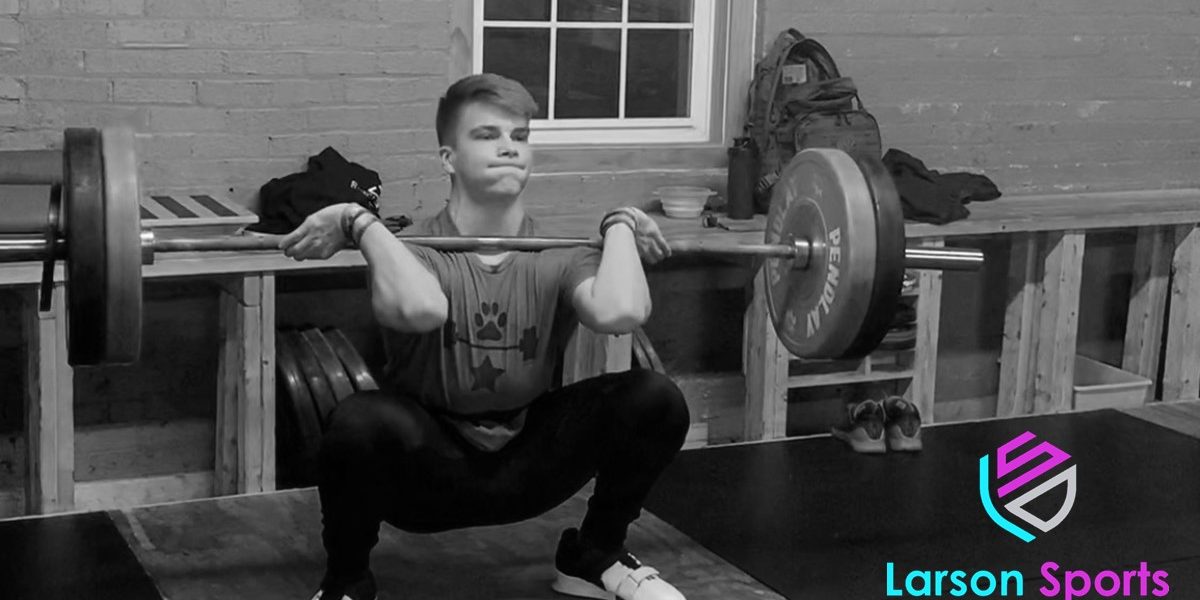Times sure have changed. When I was a kid, they told us weight lifting would stunt our growth. But now we know that weightlifting is safe for kids. And even better: weightlifting prevents sports injuries! Studies show kids who participate in resistance training were up to 68% less likely to be injured than those who only participated in team practices across all sports. Of course, decreased injury rates are just one of the benefits if weight lifting for kids. Not only does weight training protect from injuries like ankle sprains and ACL tears, but it’s beneficial later in life also. Strength training during adolescence protects against diseases like Type 2 Diabetes and depression when those kids grow up!
You Never Stop Protecting Your Kids
I have three boys myself. And the last thing I want is to see them get injured. Our oldest son started walking at 9 months and let me tell you his brain was not ready for that kind of responsibility! It seemed like every time we turned around he was doing something insane like climbing the outside of the railing on the stairs! He seemed determined to off himself at any moment.
I didn’t spend all that time plucking him off of bookshelves just to let him get injured in a basketball game now. Especially when the best way to prevent sports injuries is by taking him to the gym for some bonding time as he enters the world of high school. Not only is weight lifting safe for kids, but it also makes them better athletes and more resilient to injury!
Weight Lifting Decreases Sports Injuries
In one study of elite youth soccer players, two groups of 26 kids each were followed for an entire season. One group did standard practices and condition. The other group added weight lifting to their training. They found that most kids in the standard group sustained an injury, 17 of the 26 kids. But in the group that did weight training, only 4 out of 26 kids sustained an injury! That’s an 80% reduction in injuries!
In another study of over 3000 teenage rugby players, we saw that weight training could reduce the rates of overall injury by 70% and reduced risk of concussions by 60%. And there are many more studies showing similar results in all kinds of sports. Strength training can decrease your child’s risk of injury whether you play soccer, baseball, volleyball, basketball, or any other sport!

What Doesn’t Kill You Makes You Stronger
How does weight training help prevent injury? First of all, resistance training makes your tendons and ligaments tougher and less likely to tear. And eccentric strengthening actually makes your muscle fibers longer and less prone to injury too.
Also as we discussed in our prior article, weight training improves hip and core strength which prevents you from injuring the smaller joints and muscles in the extremities. This leads to better balance and better ability to react to slips, falls, and sporting contact. And let’s be honest, growing children are some of the most spindly little things on the planet. Nothing but knees and elbows, and all of it going a thousand different directions at the same time!
My first son is now 14 years old. He is 6’1” and wears size 14 shoes. And at most times he looks about as coordinated as baby Bambi on the ice! But strength training can actually help him and other kids develop the motor control needed to get those gangly arms and legs all moving with a common purpose!
Resistance Training Improves Athletic Performance
In addition to reducing injury, many studies note athletic performance is enhanced when strength training is added to normal sports practice. A recent study showed that two to three sessions of weight training per week can enhance performance in something as unexpected as cross country running. The research clearly shows that strength training improves many basic athletic measures such as endurance, sprint time, and jumping ability. Of course, these will improve performance in just about any sport!
How Often Should Kids Lift Weights?
Most adolescents can be very busy during their sports seasons with homework, team practices, and social lives. It can be hard to find additional time to work out. Fortunately, weight lifting doesn’t have to be done during the sporting season. It can be very effective when your team substitutes some of their standard practices with weight training. But it can be done during the off-season also.
Most studies show that 90 minutes of lifting each week is effective at providing the benefits of weight training for kids. It’s pretty easy to break that up.
My recommendations would be either:
- Three 30-Minute sessions each Week
- Two 45-Minute Sessions Each Week
It would be okay to go as high as 3 sessions of an hour each. But remember that participation guidelines for lifting are the same as for any other athletic activity. Kids should not exceed a total number of hours each week equal to their age in years.

What Kind Of Weight Training Should Kids Do?
As we said in our prior post, the focus of weight lifting for kids shouldn’t be on growing the size of muscles or maximizing single rep max lifts. You want to focus on core strength, balance, and stability. This would include plenty or lower body lifts like squats, lunges, and box jumps. They also benefit from full body exercises that train both coordination and strength, such as deadlifts and burpees. And you want to include exercises that train your body to generate power from the core to extremity, such as the push-press.
You may find that most kids are not ready for these lifts right away. That’s why it is important for kids lifting sessions to be guided by a trained strength and conditioning professional. They may have to start with simple motor activation training exercises. And keep in mind that agility and balance training are also excellent skills to add to any workout routine for kids!
Avoiding Hyper-Specialization in Sports
Weight training is a great way to avoid the trend of laser-focused sports specialization we see these days. Kids often develop a passion for a single sport at an early age. They can be obsessed and want to play year-round, to the exclusion of all other athletics. But, if you really want your son or daughter to enjoy sports and be successful in higher levels of competition, it’s up to you as a parent to apply the brakes. Their short-term desire to play all year can overwhelm their growing body. This often leads to emotional burn-out and physical injuries.
While your adolescent athlete may want to play their sport 12 months out of the year, they have a better chance of playing through high school, college, and beyond if they take a break. Experts recommend taking at least four months off from any given sport each year. So get them playing another sport, or use weight lifting as that other sport. It can enhance their athletic performance and make them more resilient to injury during the other eight months of the year.
Other Article That Might Interest You:
 100 New Exercises To Keep Your Workout Spicy
100 New Exercises To Keep Your Workout Spicy

Works Cited
Beattie, Kris, et al. “The Effect of Strength Training on Performance in Endurance Athletes.” Sports Medicine
Denadai, Benedito Sérgio, et al. “Explosive Training and Heavy Weight Training Are Effective for Improving Running Economy in Endurance Athletes: A Systematic Review and Meta-Analysis.” Sports Medicine
Faigenbaum. “Resistance Training among Young Athletes: Safety, Efficacy and Injury Prevention Effects.” British Journal of Sports Medicine
Hislop, Michael D, et al. “Reducing Musculoskeletal Injury and Concussion Risk in Schoolboy Rugby Players with a Pre-Activity Movement Control Exercise Programme: a Cluster Randomised Controlled Trial.” British Journal of Sports Medicine
Waugh, C M, et al. “Effects of Resistance Training on Tendon Mechanical Properties and Rapid Force Production in Prepubertal Children.” Journal of Applied Physiology
Zouita, Sghair, et al. “Strength Training Reduces Injury Rate in Elite Young Soccer Players During One Season.” Journal of Strength and Conditioning Research
Zwolski, Christin, et al. “Resistance Training in Youth: Laying the Foundation for Injury Prevention and Physical Literacy.” Sports Health

